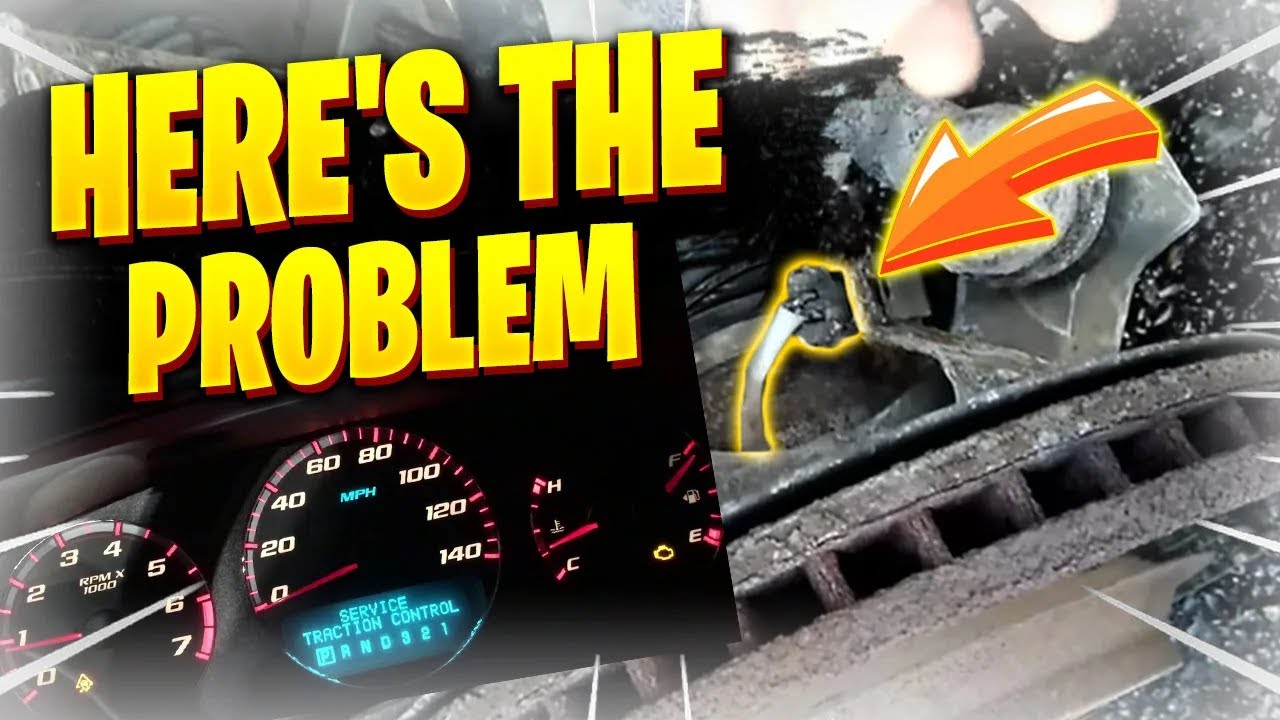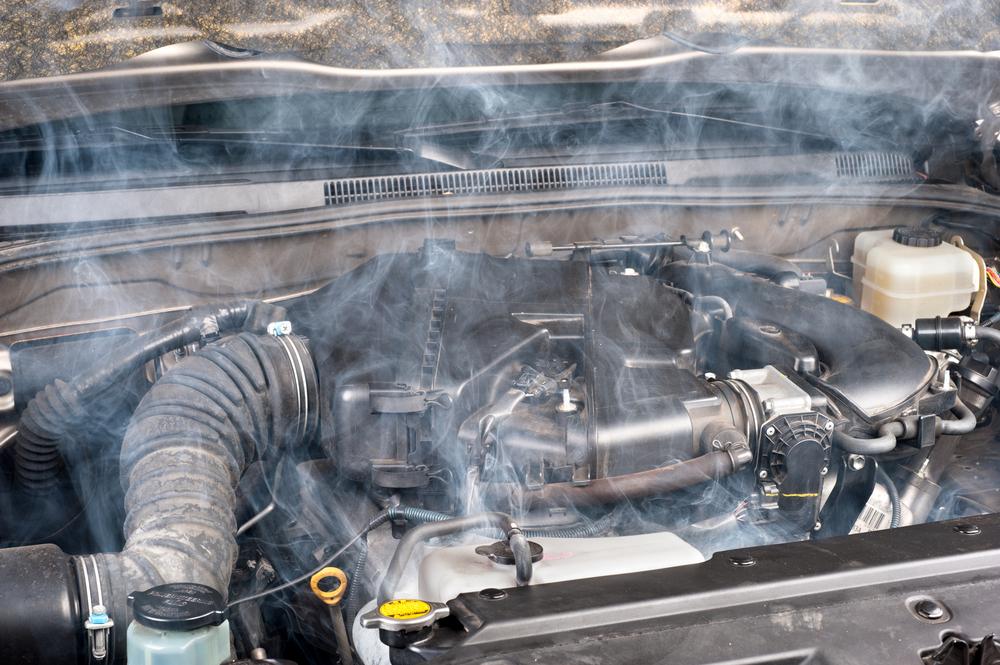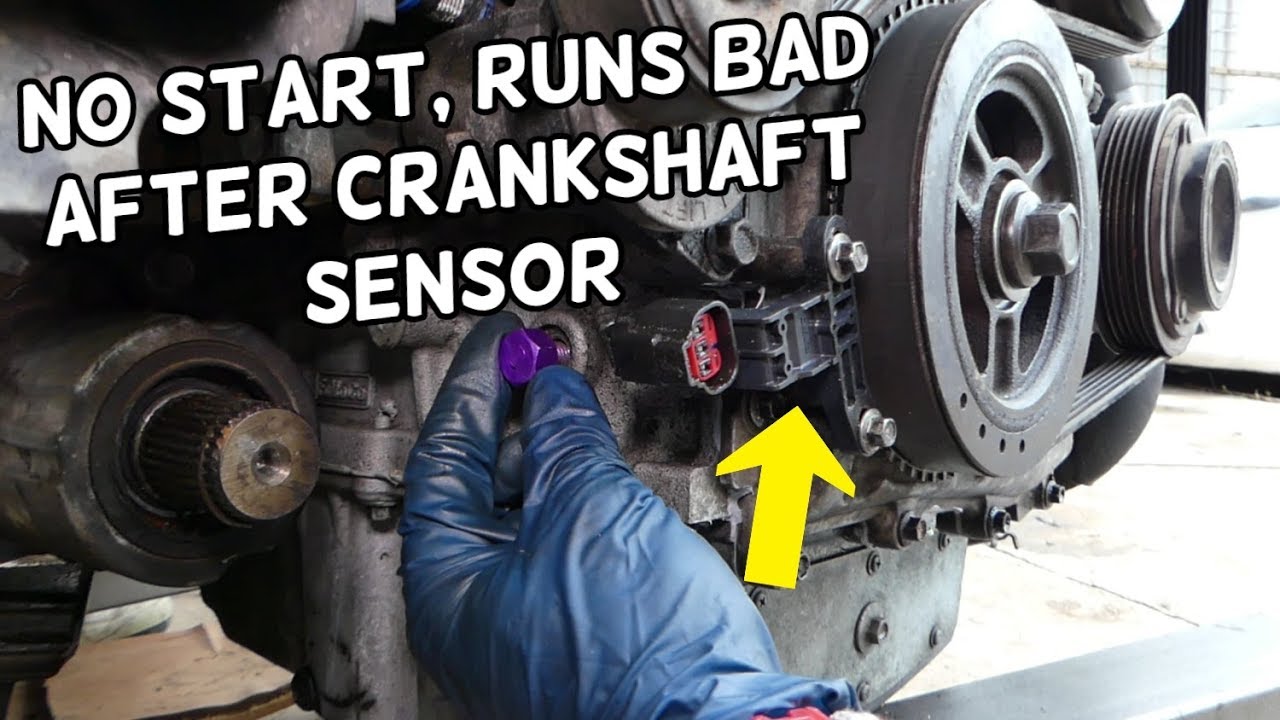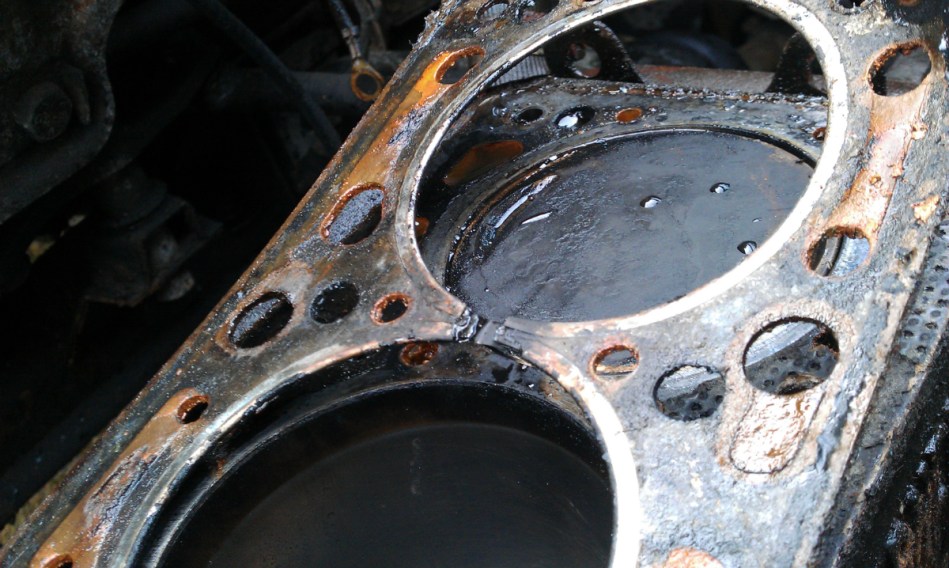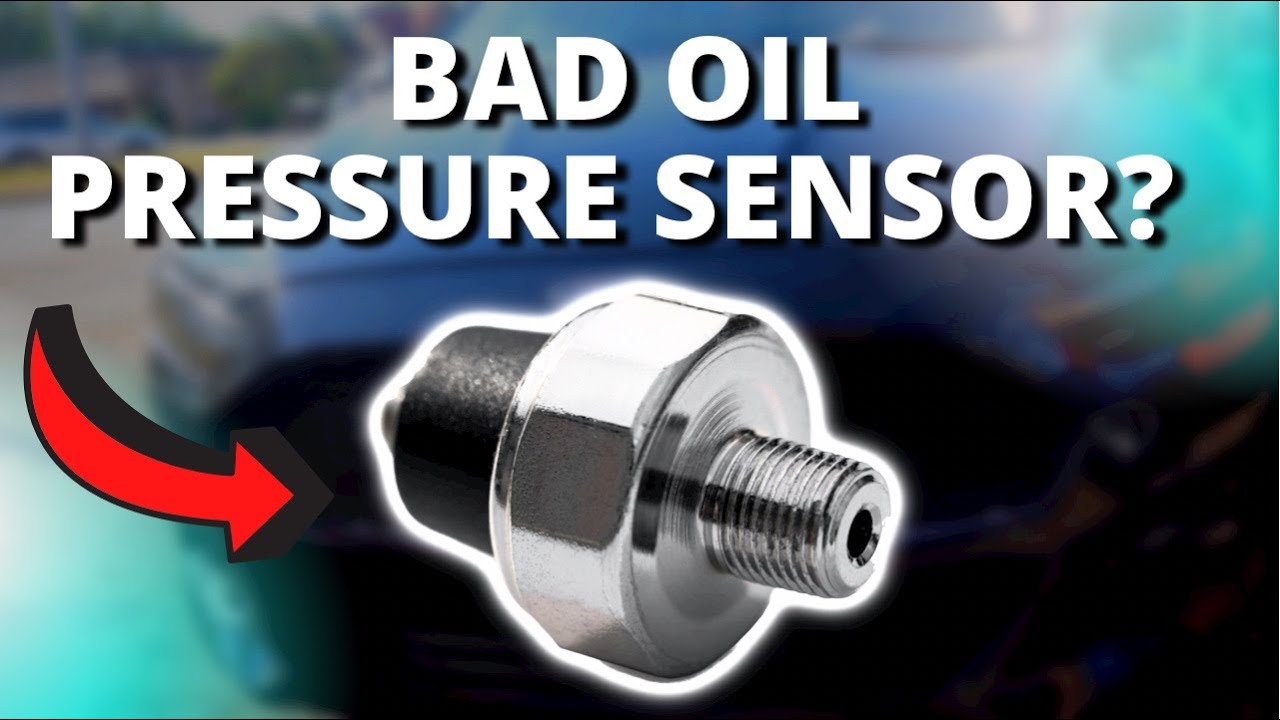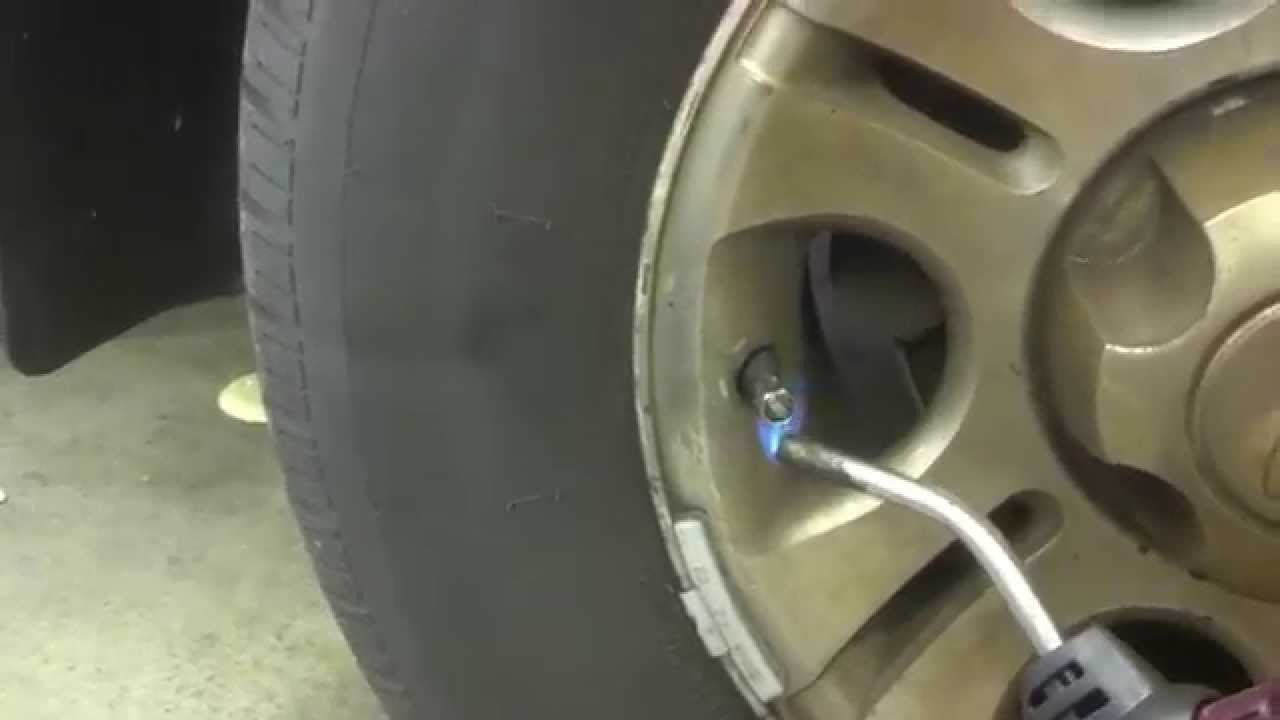Can You Replace an Ignition Switch Yourself
Yes, you can replace an ignition switch yourself with the right tools and a clear guide. Tackling the task requires caution and adherence to vehicle-specific procedures.
Replacing an ignition switch is a task that some car owners undertake to save on labor costs and to gain hands-on experience with vehicle repair. While it’s a job that can be done at home, it’s important to have a comprehensive understanding of your car’s electrical system before diving in.
With a plethora of online tutorials and vehicle manuals available, the knowledge required to complete this task is more accessible than ever. It’s essential to be meticulous when working with the ignition switch, as it’s a critical component that interfaces with the vehicle’s security system and enables the starting of the engine. A successful replacement ensures reliability, safety, and peace of mind every time you turn the key in your car.
Assessing Your Auto Repair Skills
Before diving into the task of replacing an ignition switch, it’s crucial to take a moment to gauge your mechanical aptitude. Understanding your skill level can mean the difference between a successful DIY repair or a trip to the mechanic. This assessment will help you determine if you’re ready to tackle this challenge.
Essential Knowledge For Ignition Switch Replacement
Technical understanding of your vehicle’s electrical system is a must. Here are key points to consider:
- Familiarity with your car’s model-specific manual.
- Understanding the role of the ignition switch in starting the engine.
- Awareness of safety precautions while working with electrical components.
Skillsets And Tool Requirements
Let’s look at the practical abilities and tools needed:
| Skillset | Tool Required |
|---|---|
| Basic mechanical skills | Screwdrivers, wrench set |
| Electrical troubleshooting | Multimeter, wire stripper |
| Attention to detail | Service manual, diagrams |
Having these skills and tools on hand is essential. They help you approach the task with confidence and precision. Remember, assessing your abilities honestly will ensure your and your vehicle’s safety during this DIY project.

Credit: www.wikihow.com
Understanding Your Vehicle’s Ignition System
Getting to grips with your car’s ignition system is like learning the alphabet before you can read. It’s the powerhouse that wakes your vehicle up and gets you on the move. A clear understanding can save time and money, especially if you’re considering a DIY approach to replacing the ignition switch. Let’s demystify this integral part of your car.
Key Components Of The Ignition System
Your car’s ignition system is a complex network that relies on several key components to function properly:
- Ignition Switch: The gatekeeper that unlocks the engine’s power.
- Ignition Coil: Converts the battery’s low voltage to the high voltage needed to ignite the fuel.
- Distributor: Directs high voltage from the coil to the spark plugs.
- Spark Plugs: Spark plugs ignite the air/fuel mixture creating combustion.
- Battery: The starter motor’s energy source to turn on the engine.
How The Ignition Switch Integrates With Other Parts
The ignition switch acts as a middleman, channeling the power from the battery to various components. Here’s how it fits into the grand puzzle:
- When the key turns, the switch energizes the engine control unit (ECU).
- The ECU signals the ignition coil to generate a high voltage spark.
- This spark travels through the distributor to the appropriate spark plug.
- Combustion ensues, and the engine comes to life.
A well-integrated ignition ensures a smooth start and seamless engine performance.
Pros And Cons Of Diy Ignition Switch Replacement
Replacing an ignition switch by yourself can be a daunting task. It’s important to weigh the pros and cons before deciding on a DIY approach. Understanding the potential benefits and risks involved helps in making an informed decision. Let’s dive into the advantages and challenges you may face.
Potential Cost Savings
Saving money is often the biggest motivation for DIY repairs. Here’s how it might benefit your wallet:
- No labor costs: You’re not paying a mechanic for their time.
- Parts at cost: You can find the ignition switch at its base price, avoiding markups.
- Learn as you go: Acquiring a new skill means less spending on similar issues in the future.
Risks And Complications To Consider
While there are benefits, it’s essential to be mindful of the potential pitfalls:
| Risk | Complication |
|---|---|
| Lack of expertise | Improper installation can lead to more issues. |
| Complexity of modern cars | Vehicles often have intricate electrical systems. |
| Tool requirements | Specialized tools might be necessary for the job. |
| Time investment | It can be time-consuming, especially for beginners. |
Step-by-step Guide To Replacing An Ignition Switch
An ignition switch is the gateway to your car’s engine and starting system. Replacing an ignition switch might sound daunting, but with the right tools, patience, and a step-by-step guide, it’s a task you can tackle at home. Keep reading for a straightforward approach to getting your car back on the road.
Preparation And Safety Precautions
Before diving into any repair, safety comes first. A successful ignition switch replacement starts with proper preparation. Gather your tools and read through these precautions to ensure a safe and smooth process:
- Disconnect the battery to prevent any electrical shocks or shorts.
- Consult your car’s manual; each model has unique requirements.
- Make sure the car is in park or neutral and the handbrake is on.
- Wear safety glasses to protect your eyes from any debris.
- Have all necessary replacement parts and tools on hand:
- Screwdrivers
- Socket set
- Replacement ignition switch
Detailed Replacement Procedure
With your workspace prepared and safety measures in place, follow these steps to replace your ignition switch:
- Remove the steering column covers using a screwdriver to expose the ignition switch.
- Locate the mounting screws or bolts and remove them carefully.
- Detach the wiring harness from the old ignition switch. Note the arrangement for reinstallation.
- Take out the old ignition switch and compare it with the new one. They should match in size and type.
- Place the new ignition switch by lining it up and reconnect the wiring harness.
- Screw the new switch into place, but do not overtighten the screws.
- Test the new switch by temporarily reconnecting the battery and turning the key. Make sure the car starts and the switch turns smoothly.
- If all is well, reassemble the steering column covers.
- Finally, reconnect the battery, and your car should be ready to go.
Following these steps can help you replace your ignition switch efficiently and safely. Regular maintenance checks can help catch issues early, saving time and money in the long run.
Troubleshooting Common Issues Post Replacement
Replacing an ignition switch can be a rewarding DIY project. Yet, sometimes issues crop up post-installation. It’s essential to know how to troubleshoot these problems to get your vehicle running smoothly again.
Identifying And Resolving Typical Problems
After replacing an ignition switch, watch out for signs like the car not starting, or the dash lights failing to illuminate. These symptoms can hint at potential mishaps during installation.
- Check Connections: Loose or incorrect wiring can lead to issues. Revisit all connections to ensure they’re tight and correctly paired.
- Fuses: A blown fuse could be the culprit. Locate your vehicle’s fuse box and check for any blown fuses, replacing as needed.
- Key Won’t Turn: If your key won’t turn, applying a little lubricant might help. If it doesn’t, assess the key and cylinder for damage.
- Battery: A weak or dead battery may be the problem. Test the battery and replace it if required.
When To Seek Professional Help
Complex electrical issues or a persistently non-functional ignition system are signs you need an expert. Professional help ensures a safe and accurate solution.
| Issue | Action | Professional Help Needed |
|---|---|---|
| Car Won’t Start | Re-check installation | No |
| Electrical Malfunctions | Assess fuses and connections | Possibly |
| Key or Cylinder Damage | Evaluate and lubricate | Yes |
| No Dash Lights | Inspect for loose connections | No |

Credit: www.wikihow.com
Maintaining Your Vehicle’s Ignition System Post-replacement
Replacing your ignition switch is a victory in car maintenance. But it’s not the end. Your car needs the right care to start smooth every time. Here’s how to keep your ignition system in check after a switch-up.
Regular Maintenance TipsRegular Maintenance Tips
Check-ups are key. Treat your car to regular health checks. It helps catch problems early.
- Clean contacts: Wipe down the ignition switch contacts. It prevents issues.
- Inspect keys: Look for wear and tear. Bent or bumpy keys can harm your ignition.
- Test for smoothness: Turn your key in the ignition. It should glide, not stick.
- Listen: Unusual sounds can hint at ignition troubles. Don’t ignore them.
- Stay charged: A strong battery supports the ignition system. Keep it fully charged.
Signs Of Future Ignition Switch Issues
Stay alert for warning signals. They might signal your ignition switch needs attention.
| Sign | What It Means |
|---|---|
| Key won’t turn | Lock cylinder could be failing. |
| Car won’t start | Could be an electrical issue. |
| Stalling | Possible switch malfunction. |
| Dashboard flicker | Connection may be loose. |
| Noise from starter | Starter motor may be stuck. |

Credit: emergencyservicelocksmith.com
Frequently Asked Questions Of Can You Replace An Ignition Switch Yourself
Is Replacing An Ignition Switch A Diy Task?
Replacing an ignition switch can be a DIY task for those with moderate mechanical skills. However, it requires caution, as mishandling electrical components can be dangerous. Always disconnect the battery first and follow specific model instructions.
What Tools Are Needed For Ignition Switch Replacement?
To replace an ignition switch, you’ll need screwdrivers, socket and ratchet set, a steering wheel puller, and possibly a torque wrench. It’s vital to check the vehicle’s manual for any special requirements based on the model.
How Long Does It Take To Replace An Ignition Switch?
The time it takes to replace an ignition switch can vary but generally takes about 1-2 hours. For someone inexperienced, it might take longer. Always allow yourself enough time to work carefully and safely.
Can A Faulty Ignition Switch Drain The Battery?
Yes, a faulty ignition switch can cause electrical malfunctions that may drain the battery. It can create a continuous electrical connection, even when the car is off, leading to a drained battery.
Conclusion
Replacing an ignition switch is a task within reach for handy vehicle owners. Equip yourself with the right tools, a detailed guide, and patience. Remember, safety is paramount; if in doubt, seek professional help. Embrace the challenge, and enjoy the triumph of DIY auto repair!

